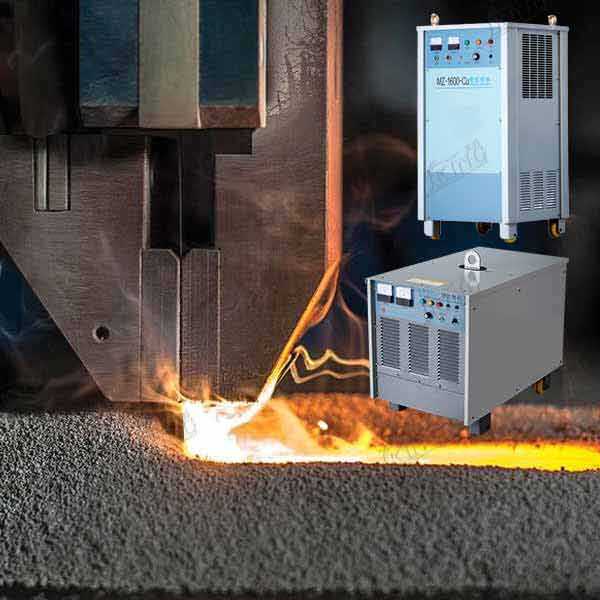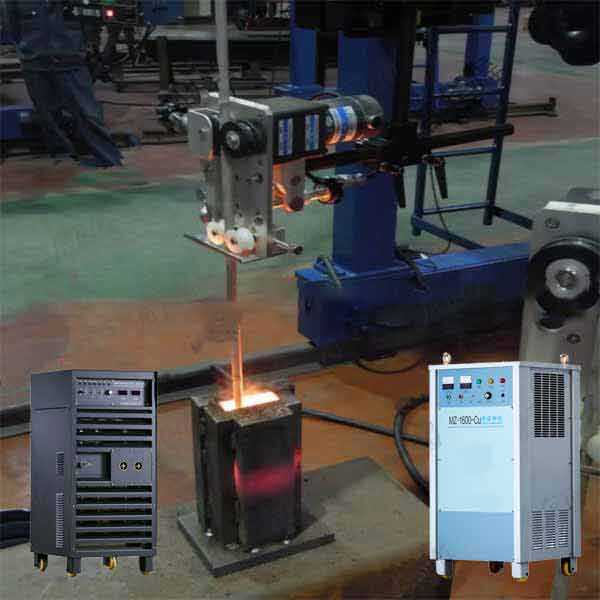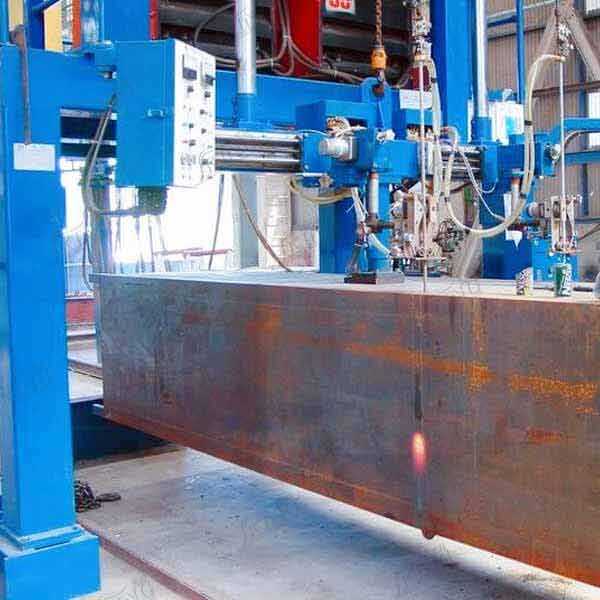The Ultimate Guide to Arc Stud Welding Machines
Discover the power of arc stud welding for industrial applications. This method, key for construction, automotive, and shipbuilding industries, offers unmatched strength, cost-effectiveness, and versatility across materials. Learn about its core principles, benefits, and how to choose the right machine.
View More


